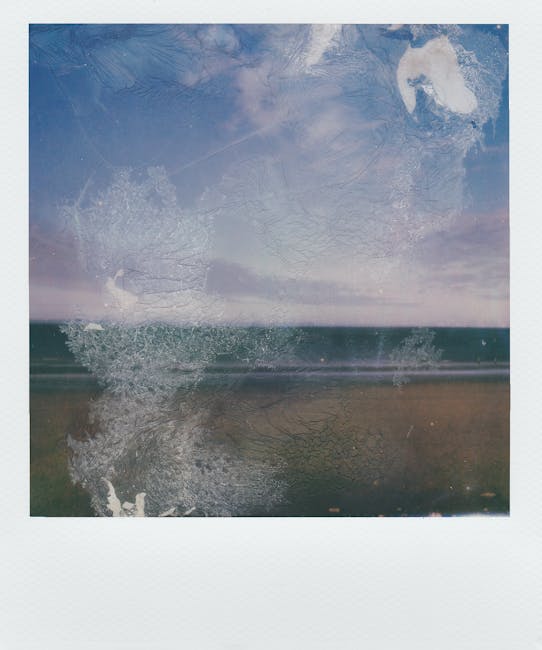-
Aggressive Sea Lion Behavior: Normally docile sea lions off the California coast are exhibiting unprecedented aggression, attacking humans due to a toxic algal bloom.
-
Domoic Acid Toxin: The diatom Pseudo-nitzschia produces domoic acid, a neurotoxin that disrupts sea lion brain function, causing stress, muscle spasms, brain damage, and aggression.
-
Food Chain Contamination: Domoic acid enters the marine food chain, affecting various marine life and posing a deadly threat to humans through contaminated seafood.
-
Upwelling and Nutrient Input: Stronger winds (linked to global warming) cause upwelling, bringing nutrient-rich water to the surface, which fuels algal blooms.
-
Pollution’s Role: Pollutant discharge and runoff from events like Los Angeles wildfires introduce additional nutrients, further stimulating algal growth.
-
Lethal Consequences: While no human deaths have been reported from sea lion attacks, the potential for lethal outcomes exists due to the size and aggression of the affected animals. Domoic acid itself is a lethal poison in high doses for humans.
-
Recurring Issue: This marks the fourth consecutive year of algal blooms impacting Southern California marine life.
-
Rehabilitation Efforts: While assistance to affected dolphins is limited, some sea lions are being taken to authorized rehabilitation facilities.
